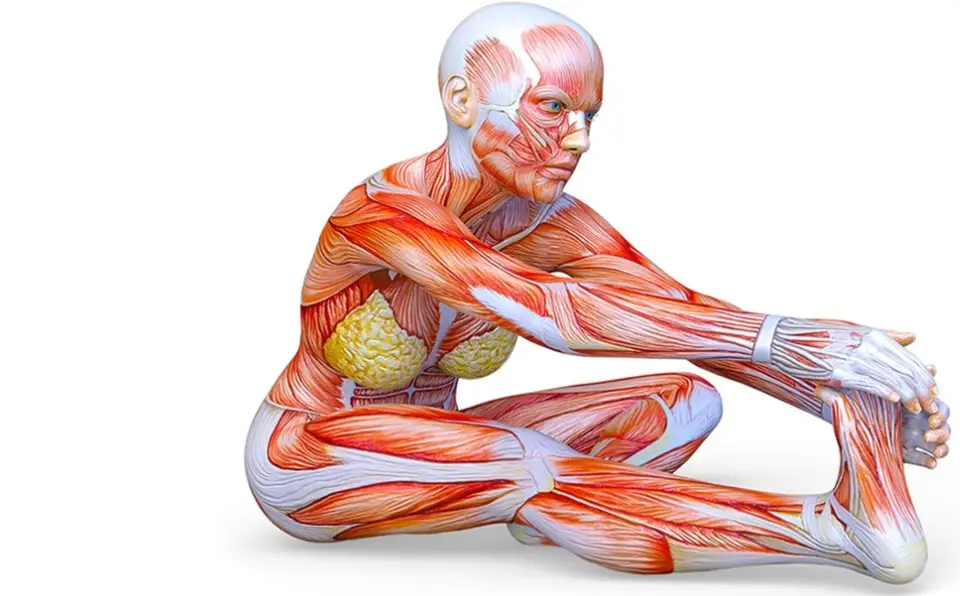Stretching is a type of physical activity in which a specific muscle or tendon (or muscle group) is stretched to the left in order to improve muscle elasticity and achieve comfortable muscle tone. The result is a feeling of increased muscle control, flexibility and range of motion. Stretching is also used in therapeutic treatments to relieve cramps. Post-workout stretching exercises are just as important as the workout itself. By stretching the muscles, you reduce the possibility of injury to the joints, but also to the muscles themselves. You must perform the exercises slowly, without rapid movements, ie under no circumstances should you feel pain.
Tendon stretching exercises
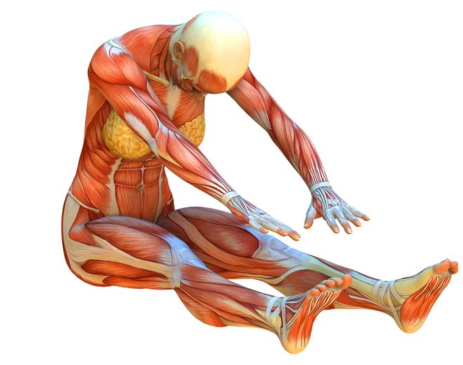
Credits to: © Depositphotos.com
Sit on the floor with your legs outstretched in front of you, then lower your chest as close to your thighs as possible. Try to reach your feet with your hands, and when you start to feel pain, stay in that position for 20 seconds. Do not hold your breath, but breathe normally. Do a total of 4 repetitions of this exercise.
Back and arm stretching exercises
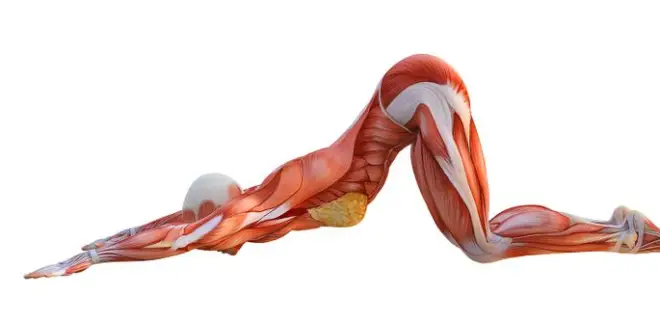
Credits to: © Depositphotos.com
Lie on your stomach with your palms on the floor and your upper body raised. Immediately lift and lower, tighten the body, look up and hold for 20 seconds. Repeat the exercise 3 times.
Back extension stretch
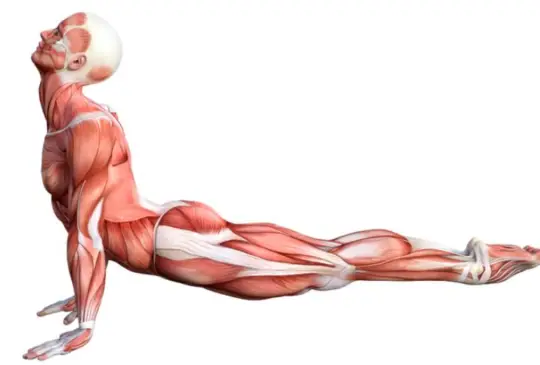
Credits to: © Depositphotos.com
This exercise opens the heart and chest and is great for the spine. Lie on your stomach with your legs together. Place your hands on the ground parallel to each other, with your elbows under your shoulders. Starting at the bottom of the abdomen, lift yourself up and keep your feet on the ground.
Cat position
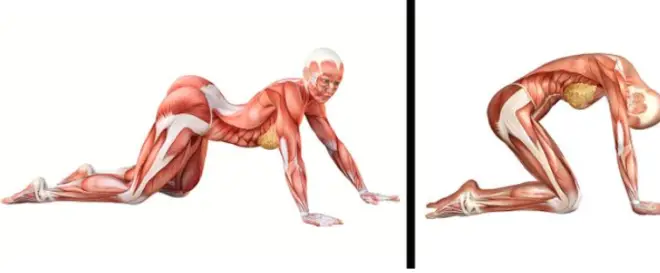
Credits to: © Depositphotos.com, © Depositphotos.com
Kneel and lean on your arms so that your knees are hip-width apart and your arms are shoulder-width apart. Stretch your back as much as you can, pull your abdominal muscles inward. When you touch your chest with your chin, start exhaling. Repeat the exercise five to ten times, then return to the fetal position.
Side angle stretch
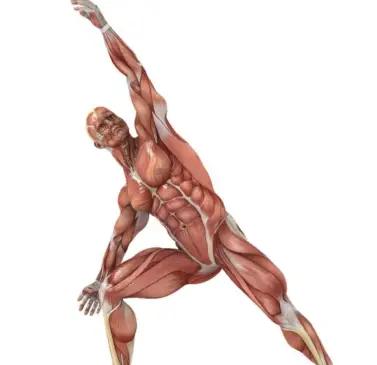
© Depositphotos.com
Spread your feet about a meter apart. Place the right one at a 90 degree angle and the left one in the same place. Inhale lightly and extend your left arm over your head with your palm facing inwards. Breathe and look at the palm. Repeat with the other side of the body.
As important as stretching is before training, it is just as important after training. Studies have shown that stretching after exercise reduces the risk of injury and inflamed muscles.
What is achieved by stretching after exercise?
Muscle recovery. Improved circulation will allow the muscles to relax and immediately receive oxygen for recovery.
Joint protection. Your joints are surrounded by connective tissue and are attached to the muscles. When you work on these parts, you reduce the tension in them.
Reduced risk of cramps. When you eliminate lactic acid you relax the muscles and reduce the risk of cramps. Cramps can also be the result of dehydration, so be sure to drink water.
Cooling of the body. Improved circulation means a slower heartbeat. By stretching you return the body to a normal state of rest.

